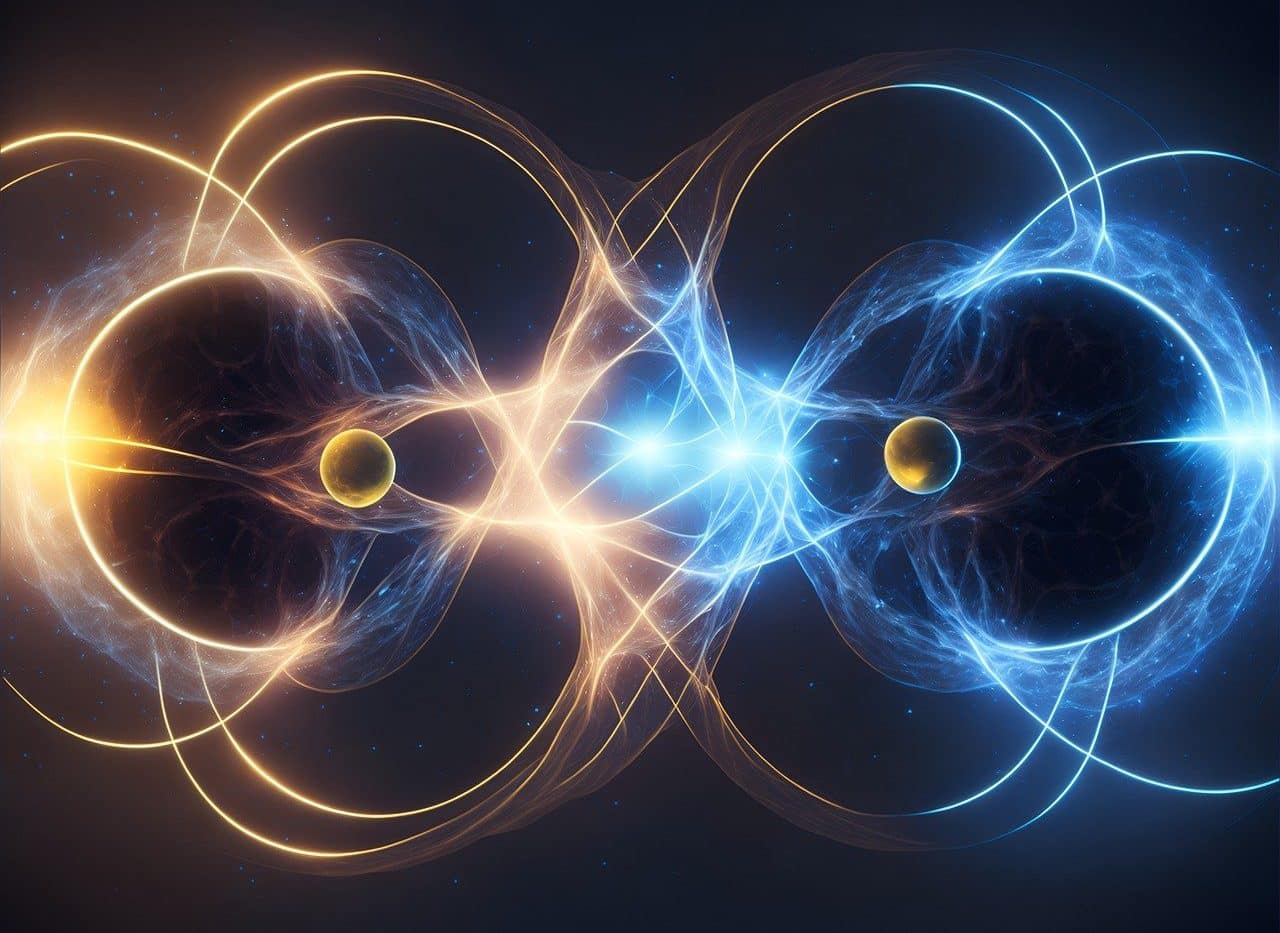
The positron is the antiparticle of the lepton electron.
A lepton is a fermion that can be neutral or have an electric charge and is not affected by the strong interaction. It is an elementary particle because its decomposition into others of greater simplicity is not possible.
It should be noted that the strong interaction is one of the fundamental forces recognized in the standard model of particle physics along with gravity, the electromagnetic interaction and the weak interaction. In this case, it is the force that preserves the union of neutrons and protons in the atomic nucleus. The lepton, as we already indicated, does not experience this type of interaction.
Lepton concept
To understand what a lepton is, it is first necessary to be clear about several notions. It should be considered that, in physics , a particle is a very small element to which chemical and physical properties can be attributed.
There are different types of particles depending on their characteristics. Elementary particles constitute the basic component of matter: these particles are not composed of others of smaller size nor do they have an internal structure.
Currently the elementary particles are considered to be the lepton , the quark and the gauge boson . If we focus on leptons and quarks , they are classified as fermions . A fermion has a half-integer spin and is subject to the so-called Pauli exclusion principle .
Leptons, on the other hand, have various intrinsic properties. Mass, spin and electric charge are some of them.

High-energy collisions can generate leptons.
Classification according to type
Physicists recognize six types of leptons. Each type constitutes a flavor ; The flavors, in turn, are grouped into three generations .
Electron leptons make up the first generation and include the electron and the electron neutrino . Muon leptons , meanwhile, are the second generation: in this group the muon and the muon neutrino appear. Finally, the third generation is that of tauonic leptons , with the tau or tauon and the tauonic neutrino .
The charged lepton that exhibits the smallest mass is the electron , which is characterized by its stability. Tauons and muons are heavier and can be converted into neutrons or electrons through particle decay.
Another fact to consider is that, among charged leptons, electrons are the fermions with the greatest presence in the universe. Tauons and muons, meanwhile, can only be generated by using a particle accelerator or through a high-energy collision .
On the other hand, it must be emphasized that each of the lepton flavors has its antiparticle . The antilepton is a lepton with properties that have the same magnitude but opposite sign. Thus there is an antineutrino , an antimuon and an antitauon .

There are three kinds of lepton families.
Discovery of leptons
The first approach to leptons took place in the middle of the 19th century , when various physicists theorized about the existence of the electron. The discovery was finally made by the Englishman JJ Thomson in 1897 .
Almost four decades later, in 1936 , the American Carl David Anderson was able to discover the muon, although at the time he classified it as a meson . Then he realized that it was a kind of electron with more mass. It was not until 1947 that the idea of lepton was postulated to refer to a family group of particles.
Before, in 1930 , the Austrian Wolfgang Pauli proposed the existence of the electron neutrino, which could be observed in 1956 . In 1962 the muon neutrino was discovered and in the '70s , the tauon. As for the tau neutrino , it was discovered in 2000 .
The lepton number
The figure obtained by subtracting the number of antileptons from the number of leptons is known as the lepton number . Also known as lepton charge , it is an additive quantum number since its sum is maintained in the interactions.
All leptons are assigned the value +1 , while antileptons are assigned the value -1 . For non-lepton particles, the value is 0 .
Each highlight can also refer to the tauon number (for the tau and the tau neutrino), the muon number (for the muon and the muon neutrino), and the electron number (for the electron and the electron neutrino). The assignment of values is the same: +1 for particles from the family set, -1 for those that are antiparticles and 0 for non-lepton particles or leptons from other families.
It is mentioned as the law of conservation of lepton numbers at the beginning of the standard model of particle physics which maintains that the lepton number remains constant within the framework of an interaction. However, certain exceptions are recognized.
The lepton in Greece
It is interesting to note that the term lepton is also used beyond physics. This is what the fractions of some currencies are called in Greece .
Also named leptó or leptá , in Ancient Greece the lepton referred to a coin of low value, regardless of the currency. Closer in time, the lepton was referred to 1/100 of a phoenix , a drachma and even a euro .
